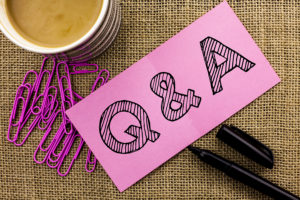What is a gum graft?


Following are answers to commonly asked questions about gum grafts.
What is gum grafting?
You might have heard of skin grafts – where skin is taken from one area of the body and placed over an area with sparse tissue. The same principle applies to gum grafts, which helps replace lost tissue within an area of the mouth where the roots of teeth are exposed.
There are four types of gum grafts: free gingival graft, connective tissue graft, pedicle graft and Alloderm graft. Free gingival grafts typically involve taking tissue from the roof of the mouth and placing it where the gingiva is thin or spare. Connective tissue grafts are the most common type. These types of grafts involve taking connective tissue beneath the top layer of tissue and placing it where it’s needed. The third type of graft, a pedicle graft, utilizes healthy tissue next to receding gums. The tissue next to the treatment area is opened up and moved over the area requiring more tissue.
Alloderm grafts are used in cases where the periodontist uses donor tissue instead of harvesting tissue from other areas of the patient’s mouth.
Will I be comfortable during my procedure?
Receiving a gum graft is not overly invasive or uncomfortable. Our team will administer local anesthetics to deaden the nerve endings in a treatment area. Patients may experience some tenderness after their procedure, but this discomfort can be managed with over-the-counter pain medication.
Should I alter my diet after a gum graft?
For the first couple of weeks after your procedure, it is wise to eat soft foods like smoothies, scrambled eggs, steamed or mashed vegetables, and yogurt. Food with sharp edges may disturb your graft.
You will be advised to avoid brushing and flossing the treatment area as it can open surgical wounds or increase the risk of infection. An antimicrobial rinse may be recommended to help prevent plaque buildup and reduce your risk for infection.
For more information or to schedule a consultation, contact our team at BC Perio today.